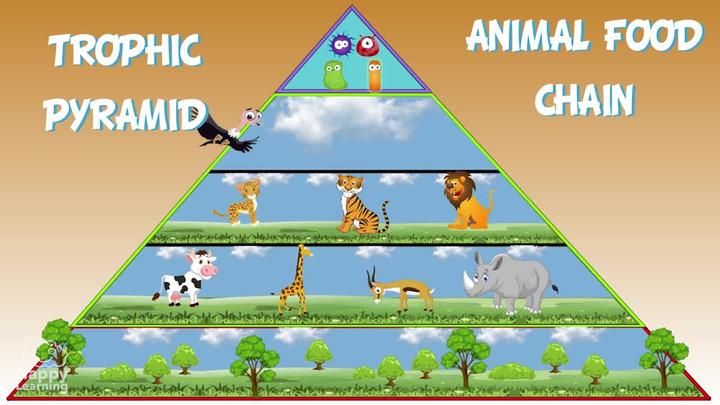
The Circulatory System
Did you know that if we put together all the arteries and veins, they would be equivalent in lenght to almost two and a half turns around the Earth? Learn about the circulatory system and the blood with Happy Learning.

Did you know that if we put together all the arteries and veins, they would be equivalent in lenght to almost two and a half turns around the Earth? Learn about the circulatory system and the blood with Happy Learning.

Healthy foods are fundamental for our existence, they help us grow and be strong. Learn about healthy foods with this wonderful video about the new food pyramid with Happy Learning.

Did you know that an elephant can weight up to 7,000 kilos? The elephant is the biggest terrestrial animal in the world and is capable of eating 150 kilos of food dialy. Discover this and many more facts about this wonderful animal with our video.

We are going to learn about the biggest star in the universe, the Sun, an enormous sphere of extremely hot gas.It is very important for us and so close to our planet, ecause our planet is close to it, more so than to any other star.

Our planet, Earth, is divided into three layers; the solid layer or geosphere, the water layer or hydrosphere and the air and gas layer or atmosphere. Find more about them in this beautiful video from Happy Learning.

Ecosystems are communities of living things in any given area. They can be very small, such as a puddle, or very big such as a desert. In this educational video you’ll learn about them and get to know why they’re so important.

Every living thing needs energy in order to live and this energy is found in the food they eat. Living creatures are situated on various levels of the animal food chain depending on what they eat.

Have you ever wondered where do babies come from? In this video you’ll learn about the whole process of human reproduction and each one of its three stages: conception, pregnancy and childbirth.

Eclipses occur when an astronomical object is temporarily obscured by another one. There are two types of eclipses, solar eclipses and lunar eclipses. You can learn about eclipses with the great Happy Learning video.

Molluscs are very soft invertabrate animals and the most abundant among invertebrates on our planet. They are divided into three smaller subgroups: the gastropods, the bivalves and the cephalopods.